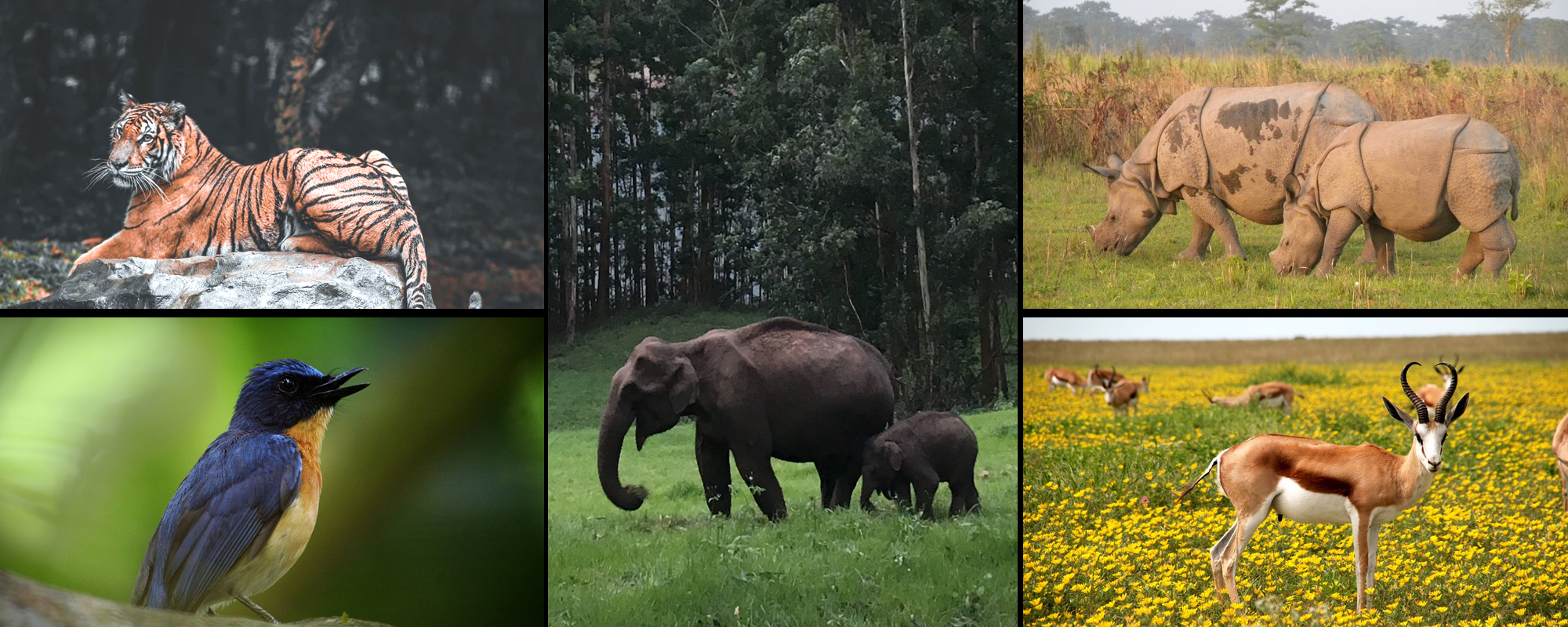
Located in the Peren district of the state of Nagaland, one of the beautiful Seven Sisters of India, Intanki National Park is a stunning and vibrant place endowed with a diverse species of flora and fauna. Also known as Ntangki which is derived from the Zeme dialect of the Zeliangrong tribe, Intanki national Park has been announced as a national park in the year 1993 with a total area of 202sq. kilometers. The park is one of the best-protected areas of wildlife in Nagaland and has also been declared an elephant reserve by the state government in 2005.
The park is covered in a thick canopy of rain forests making it an ideal habitat for all types of mammals, birds, reptiles, and insects. It is abode to a diverse animal species such as Hoolock Gibbon, Golden Langur, Sloth Bear, Tiger, Python, Black Stork, etc. along with a wide-ranging species of birds whose chirpings and humming can be heard throughout the park and enhances the experience of exploring the area. The national park has rich natural vegetation and consists of several plants and trees that are seldom found in other places.
The proposal for creating a reserve forest at Ntangki-Dhansiri Valley was given by the then Deputy Commissioner of Naga Hills, J.H. Hutton in 1920. After several formalities and procedures, the area was declared Ntangki Reserve Forest in 1975. The entire area is covered with lush green grass and semi-tropical trees that make it an enchanting and adventurous place for camping, trekking, and sightseeing. Mountains, cliffs, and narrow valleys within the park enhance the trekking experience while offering you a spectacular view of the hill ranges.The virgin nature of the park adds to its beauty and the wildlife along with it quenches your thirst for wanderlust.
The park features equatorial forests and meadows with tropical trees like Palms, Rattan, Bamboo, and Mahagony, Rubia Cordfolia, Phauis, Panax Gensing, Oroxylum Indicum, Elaeocarpus Ganitrus, etc.
Mammals: Buffalo, Sloth Bear, Tiger, Palm Civet, Leopard, Pangolins, Black Stork, Hoolock Gibbon, Porcupine, Sambar, Elephant, Wild Dog, Flying Squirrel, Goral, Barking Deer, Oxen, Harts, Elephant, etc.
Reptiles: Python, Monitor Lizard, Snake, Krait
Birds: Black Stork, White Breasted Kingfisher, Hornbill, Pheasant, Bluth Tragopan, Kaleej, etc.
The temperature during summers ranges between 16 degrees Celsius and 31 degrees Celsius, while in the winters the temperature drops as low as 4 degrees Celsius. The region receives a heavy rainfall during monsoons which starts from July till mid-September.
The ideal time to visit the park is from November to March when the weather is pleasant and moderate to no rainfall is experienced.
Nearest Train Station: The nearest railhead is also located in Dimapur and taxis can be availed from here to reach the national park.
Nearest Airport: The nearest airport is located in Dimapur which is well-connected by road network to the national park.
Road Accessibility : The state of Nagaland is linked to Guwahati, Assam, and thereby the rest of the places via NH39. You can reach the national park by bus or taxi via NH39.
Copyright 2012-2022 Indiamap Digital Pvt Ltd. All rights reserved. Privacy Policy | Terms of Use